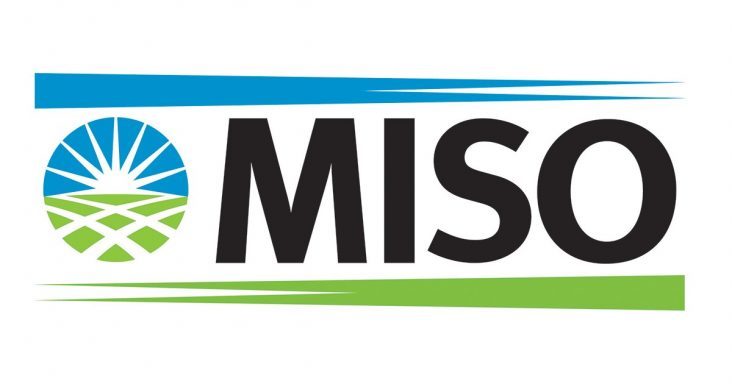MISO report shows continued renewable energy growth in grid
by November 30, 2022 3:38 pm 1,711 views

Carmel, Ind.-based regional transmission organization Midcontinent Independent System Operator (MISO) released Wednesday (Nov. 30) a 20-year outlook of the grid for which it’s responsible, based on member plans. By 2041, wind and solar plants are projected to comprise 60% of MISO’s annual load.
MISO manages the generation and transmission of high-voltage electricity across 15 U.S. states, including Arkansas, and the Canadian province of Manitoba.
According to a news release, MISO’s 2022 Regional Resource Assessment shows how member resource plans are changing and the possible system risks that could come about and shift over time. The report includes information about the work that members, states and MISO are doing to balance reliability, affordability and sustainability priorities.
“The RRA report provides a unique analysis of all the resource plans and member goals across the MISO footprint,” said MISO CEO John Bear. “In the absence of a coordinated transition plan, having a holistic assessment of our entire operating region is important for our members, policymakers and MISO as we all work to anticipate and manage the complex issues facing our industry.”
Following are some of the report highlights:
• MISO member plans show an increase in the overall amount of installed capacity but a decrease in accredited capacity compared to existing levels.
• Models show a continued near-term capacity risk and reflect the urgent need for coordinated resource planning and additional investment.
• By 2041, 60% of MISO’s annual load is expected to be served by wind and solar power. This would result in a nearly 80% reduction in emissions from 2005 levels but an increase in the complexity of reliably operating and planning the system.
• The need is expected to rise for controllable ramp-up capability as solar generation capacity increases. Maximum short-duration up-ramps increase by three times by 2031 and four times by 2041, compared to existing levels.
• The capacity contribution of solar generation is expected to fall as more solar capacity is added to the system, impacting the region’s overall capacity outlook. The contribution of wind generation remains stable as more wind capacity is added.
“As the MISO region rapidly transitions to a decarbonized fleet, the system will become more interconnected and interdependent,” said Jordan Bakke, MISO’s director – strategic insights and assessments. “The task of resource planning is becoming more complex and having a shared understanding of future trends and risks is necessary to ensure reliability.”
